
Created from 1555 to 1561 and located at the southern end of Red Square, the unique building of St Basil’s Cathedral is regarded as one of the iconic landmarks of Russia and it was the tallest building of the city of Moscow, until the completion of the Ivan the Great Bell Tower in 1600. With crazy designs and whimsically wild colour combinations, it looks like a life-size model of a fairytale building and stands as a legend in itself.
St Basil’s Cathedral is a cluster of churches and among them, the original building was known as Trinity Church and later named Trinity Cathedral. Today, the building, shaped like the flame of a bonfire rising into the sky, contains eight churches arranged around a ninth, the Central Church of Intercession. They are known as the Entry of Mary into Jerusalem, the Holy Trinity, Saints Cyprian and Justina, Saint Nicholas Velikoretsky, Saint Barlaam Khutynsky, Saint Gregory of Armenia, the Three Patriarchs and Saint Alexander Svirsky. The tenth chapel was erected in 1588 over the grave of a venerated local Saint Vasily or Basil, after whose name the cathedral was named. The walls of all the chapels are decorated with beautiful paintings and engravings and all the engravings and icons are directed upward, pointing towards the height of the onion domes.
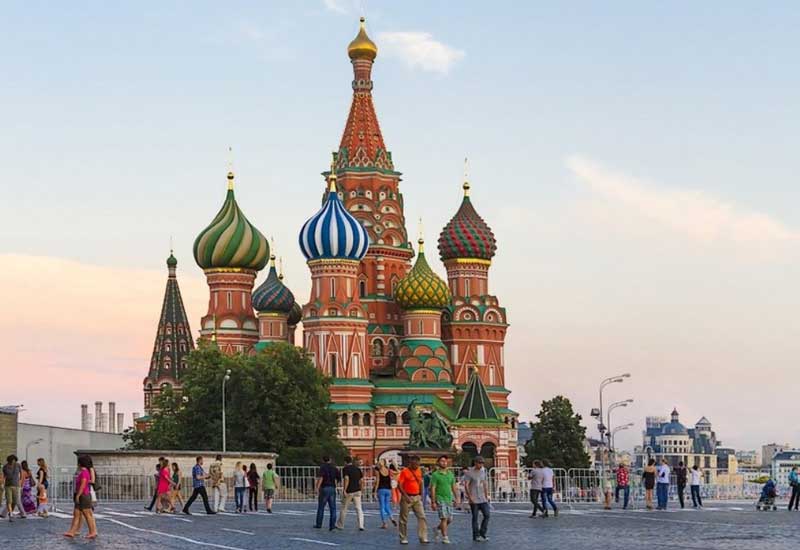
Commissioned by Ivan IV, the first Tsar of Russia and infamously known as Ivan the Terrible, to commemorate his victory over the Tatar khanates of Kazan and Astrakhan, the church was originally known as the Cathedral of the Intercession of the Holy Virgin on the Moat until 1813, when the Kremlin was protected by a moat along the side of Red Square. Later, it was named after Vasily or Basil, the holy fool, who could see into the future and predicted the fire of 1547, in which nearly a third of Moscow was destroyed.
Throughout his life, Basil suffered a lot, was homeless and sometimes had no clothes or shoes despite the harsh weather. Even Ivan the Terrible revered and acted as one of his pallbearers. He was canonized in 1588 and the 10th church was added to the cathedral to house his relics and the whole ensemble was named after him.


The Cathedral was originally designed by two Russian architects, Posnik and Barma. However, according to local legend, it was built by an Italian architect and he was blinded by Ivan, so that he would never be able to create anything that was similar or equal.
Originally, the site of the church was a busy marketplace and the Trinity Church was located at the centre of the marketplace. Tsar Ivan IV used to mark his every victory of the Russo-Kazan War by erecting a wooden memorial church next to the Trinity Church. By the end of his victory against the Astrakhan, it became a cluster of seven wooden churches. Ivan ordered the construction of the wooden Church of Intercession on the same site, in 1554 and after a year, to commemorate his huge campaigns, he ordered to construct a new stone cathedral on the site of the original Trinity Church. The original colour of the Cathedral was said to be white, to match the white stone of the Kremlin and the domes were golden. It acquired its present bright colours in several stages from the 1680s to 1848.
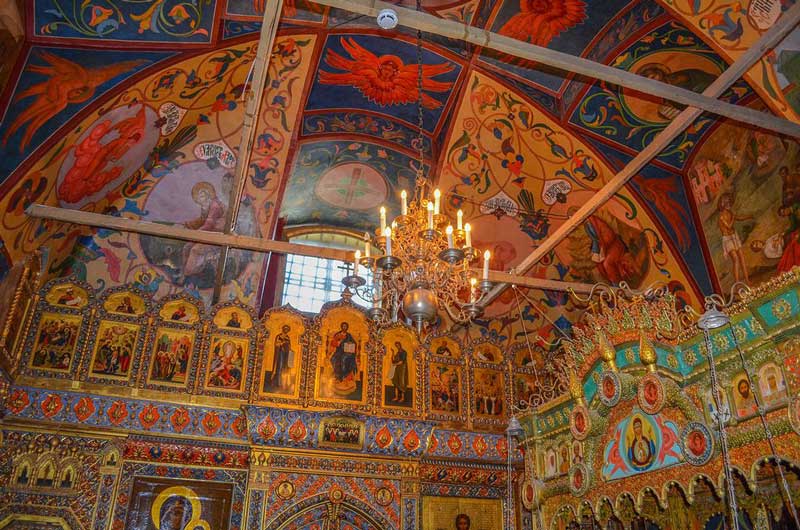
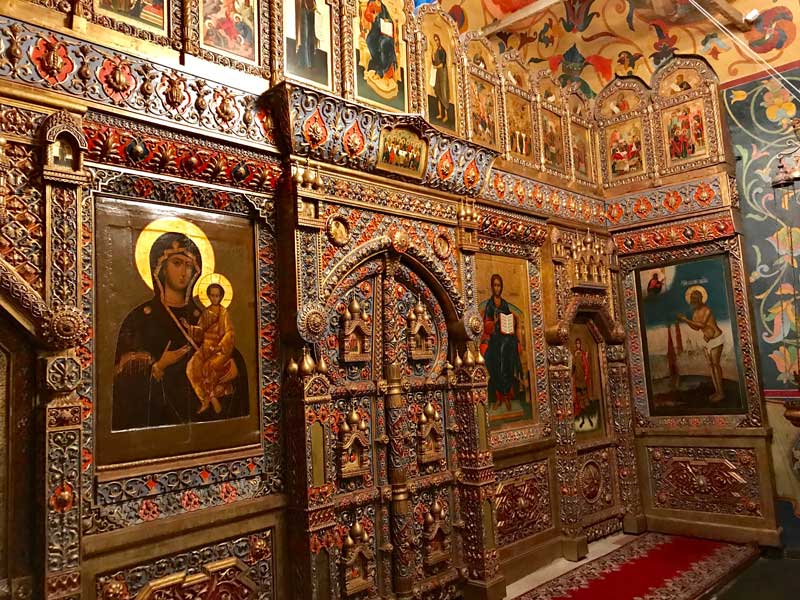
During its long life, St Basil’s Cathedral had to face several troubles. When the French troops were retreating from Moscow in 1812, they intended to blow the St Basil’s Cathedral. Fortunately, they did not have sufficient time to do that. Around 100 years later, when the Bolsheviks came to power in 1917, the Cathedral was closed, the bells melted and its arch-priest killed. As Stalin thought that it was an obstacle to his military parades, he decided to demolish it and the demolition plan was also prepared. In fact, the Soviet authorities wanted to pull it down, as they did not want to have a house of worship in the heart of the city. However, somehow it was saved. Finally, in 1923, it was converted into a museum of history and architecture and in 1929, it became a branch of the State Historical Museum.
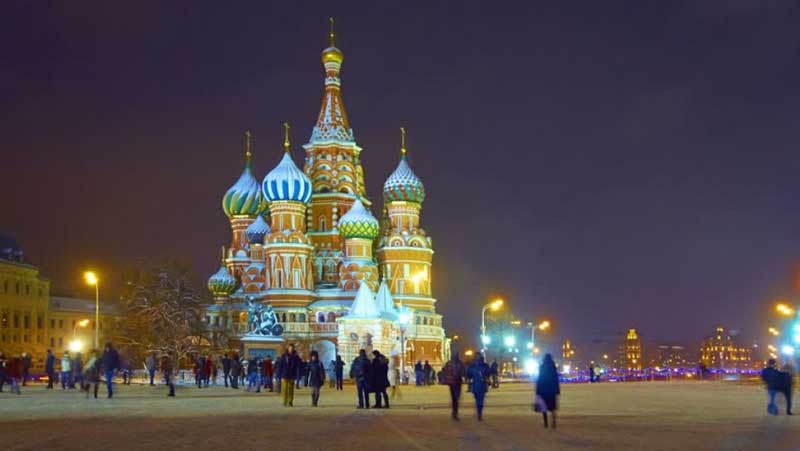
After the collapse of the Soviet Union, when the Soviet hammer and sickle flag lowered for the last time over the Kremlin on 25th December 1991, the cathedral once again began to be used for religious services. Before that, it became part of a UNESCO World Heritage Site in 1990.
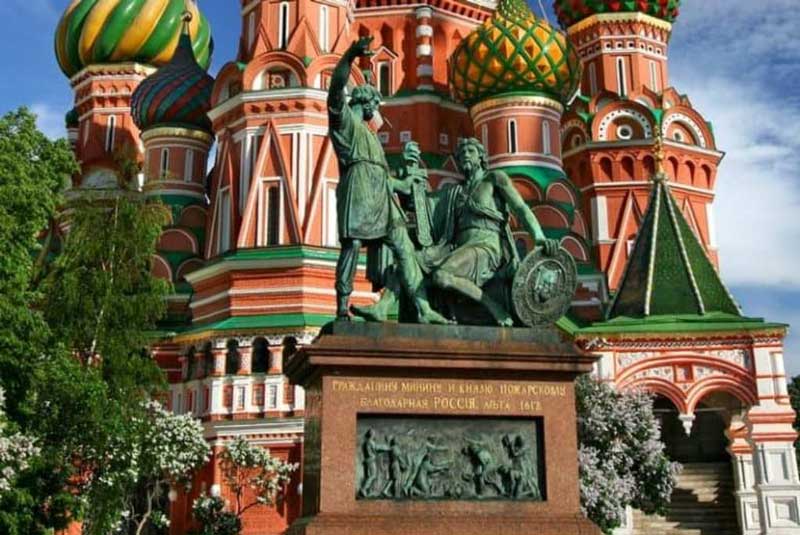
It may be mentioned here that, in a garden in front the St Basil’s Cathedral, a bronze statue, designed by Ivan Marto, was installed in 1818, to commemorate Dmitry Pozharsky and Kuzma Minin, who gathered an all-Russian volunteer army and expelled the Polish invaders from Moscow in 1612.